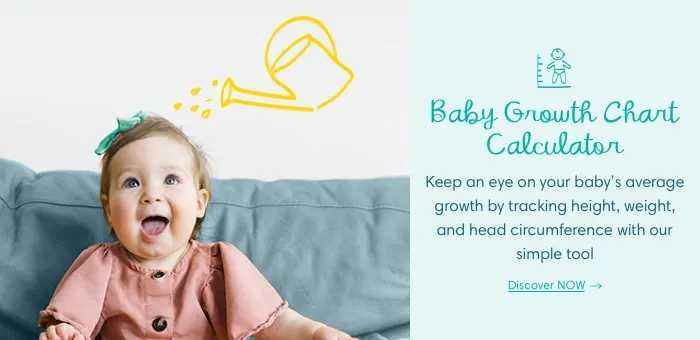How To Treat Baby Ingrown Toenails
You may notice, perhaps as you’re drying baby off after bath time, or putting on their socks, that the skin around one of baby’s toenails looks red and swollen. Could this be an ingrown toenail? If so, how did it happen and what can you do to make sure it doesn’t happen again?
Here we will answer some common questions and provide useful tips on what you can do if your child has an ingrown toenail.
What is an ingrown toenail?
An ingrown toenail occurs when the corners of the nail grow into the surrounding skin. It happens more often with the big toe than the other toes, and the toe can appear red and swollen, perhaps with the nail disappearing into the skin.
Signs and symptoms
If you are not sure that baby’s toenail is ingrown, ask your doctor or health visitor to check it. To help decide if it is an ingrown toenail, look for these signs and symptoms:
Red, swollen skin around the nail
Nail distorted or disappearing into surrounding skin
Yellow pus or fluid (oedema) where the nail is digging in
A bleeding toe
Your child may be experiencing discomfort or pain
You may see your baby grabbing their toes in distress
A feeling of pressure when wearing shoes (note that children only need shoes once they have started walking about outside or on their own for most of the day)
Is it ingrown?
Babies have plump feet and soft, pliable nails that may appear to be ingrown but are actually just curved. The key here is if there is any swelling, pus or redness present. If your child also has a fever, the toe may be infected and you should consult your GP or health visitor without delay.
In summary An ingrown toenail can make the toe appear red and swollen or yellow pus can leak out. It can cause your child discomfort. If you are not sure that the nail is ingrown, ask your GP or health visitor for a second opinion. |
Common causes of an ingrown toenail
A baby’s nails are soft and pliable and if sharp, can easily start to grow under the cuticle round the nail. A baby ingrown toenail can develop when:
Toenails have been cut too short or rounded at the sides
The nail has sharp corners digging into the skin
If your child is wearing shoes, these may have become too tight for them
Can I treat the ingrown toenail?
There are some treatments you can try at home if there is no pus or fluid present and your child does not have a fever:
Try soaking the affected toe in warm, soapy water a couple of times a day for 10 to 20 minutes
Gently massage the affected toe to help ease the nail out from the skin by bending it slightly at the corners
Pat the toe thoroughly dry – don’t rub it as it may be painful
You can use an over-the-counter cream to prevent infection from occurring
Preventing it from happening again
Regularly check your child’s toes.
Take care when trimming toenails – straight across the nail is the best way.
If your child is wearing shoes, check that they are a good fit.
In summary Ingrown toenails often happen when nails dig into the surrounding skin. Badly fitting shoes can also cause problems. If there is no pus or fluid, soak with warm, soapy water for 10 or 20 minutes twice a day, pat the toe dry and use a topical antibiotic to prevent infection. Stop it recurring by regularly checking baby’s feet, keeping nails neat and making sure any shoes fit well. |
What happens if you leave an ingrown toenail untreated?
If you leave an ingrown toenail, will it go away on its own? If it is red, swollen or leaking fluid, it needs attention and if in any doubt, let your GP have a look.
When should you see the doctor about a child’s ingrown toenail?
If after a week of home treatment there are still signs of infection, such as swelling, redness, pus or bleeding, see a doctor. Do not delay a visit to the GP if your child develops a fever or if the redness starts to spread.
In summary A week is enough time for home treatment to work, but don’t leave a possible infection untreated. If redness starts to spread or baby develops a fever, see your doctor right away. |
FAQS AT A GLANCE
Baby ingrown toenails usually occur when the sharp corners of the nail grow under their skin or by cutting nails too short or tight-fitting shoes.
The bottom line
It can be disconcerting to see an ingrown toenail on your little child, but it is actually quite common. Try the home treatment, but if in any doubt, take a trip to your health visitor or doctor and get a second opinion.
The information in this article is based on the expert advice found in trusted medical and government sources, such as the National Health Service (NHS).The content on this page should not replace professional medical advice. Always consult medical professionals for full diagnosis and treatment.
Join Pampers Club and get:




